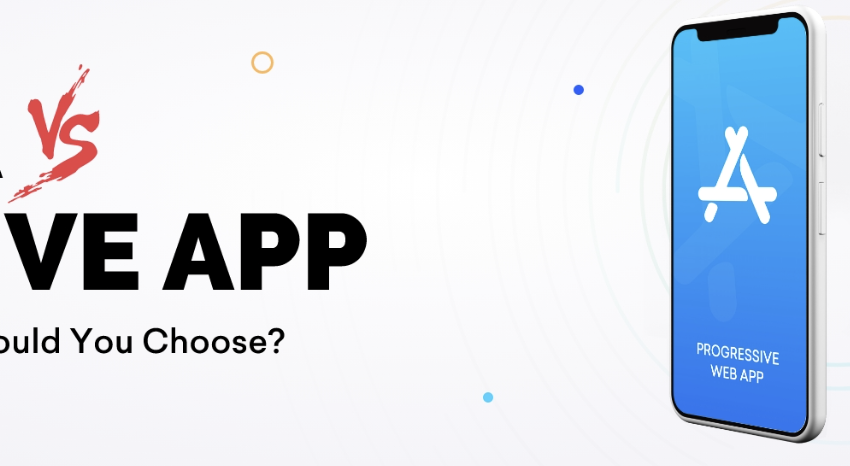
As mobile usage continues to dominate the digital landscape, businesses face a crucial decision: should they invest in Progressive Web Apps (PWAs) or Native Apps? Both options offer unique advantages and considerations, making the decision-making process challenging. In this blog post, we will delve into the differences between PWAs and Native Apps, exploring their features, benefits, and helping you make an informed choice that aligns with your business goals.
Understanding Progressive Web Apps (PWAs):
- Define PWAs and their core characteristics, including responsiveness, offline functionality, and the ability to be installed directly from a web browser.
- Highlight the benefits of PWAs, such as broader reach across devices and platforms, faster development cycles, and seamless updates.
Exploring Native Apps:
- Discuss the concept of Native Apps, which are specifically developed for a particular operating system (iOS or Android) using platform-specific languages (Swift or Kotlin/Java).
- Examine the advantages of Native Apps, including superior performance, access to device-specific features, and enhanced user experience.
Key Considerations for Choosing between PWA and Native App:
- Compare factors like development cost, time to market, user experience, device capabilities, and offline functionality for both PWAs and Native Apps.
- Discuss the target audience, business objectives, and specific requirements that can influence the choice between the two options.
Use Cases for PWAs and Native Apps:
- Highlight scenarios where PWAs excel, such as content-driven websites, e-commerce platforms, and applications with limited device-dependent features.
- Showcase use cases where Native Apps shine, including complex applications with advanced functionalities and offline capabilities.
Hybrid Approaches:
- Introduce hybrid frameworks like React Native and Flutter that enable developers to build applications with a single codebase while achieving native-like performance and features.
- Discuss the benefits and considerations of hybrid approaches, exploring the trade-offs between development efficiency and native performance.
Conclusion: Choosing between PWA and Native App depends on various factors specific to your business needs and target audience. While PWAs offer cross-platform compatibility and faster development cycles, Native Apps provide superior performance and access to device-specific capabilities. Consider your budget, time constraints, target audience, and feature requirements to make an informed decision. Remember, the ultimate goal is to deliver an exceptional user experience while achieving your business objectives. Whether you opt for a PWA, Native App, or a hybrid approach, leverage the strengths of each option to create a mobile presence that resonates with your audience and drives your business forward.
